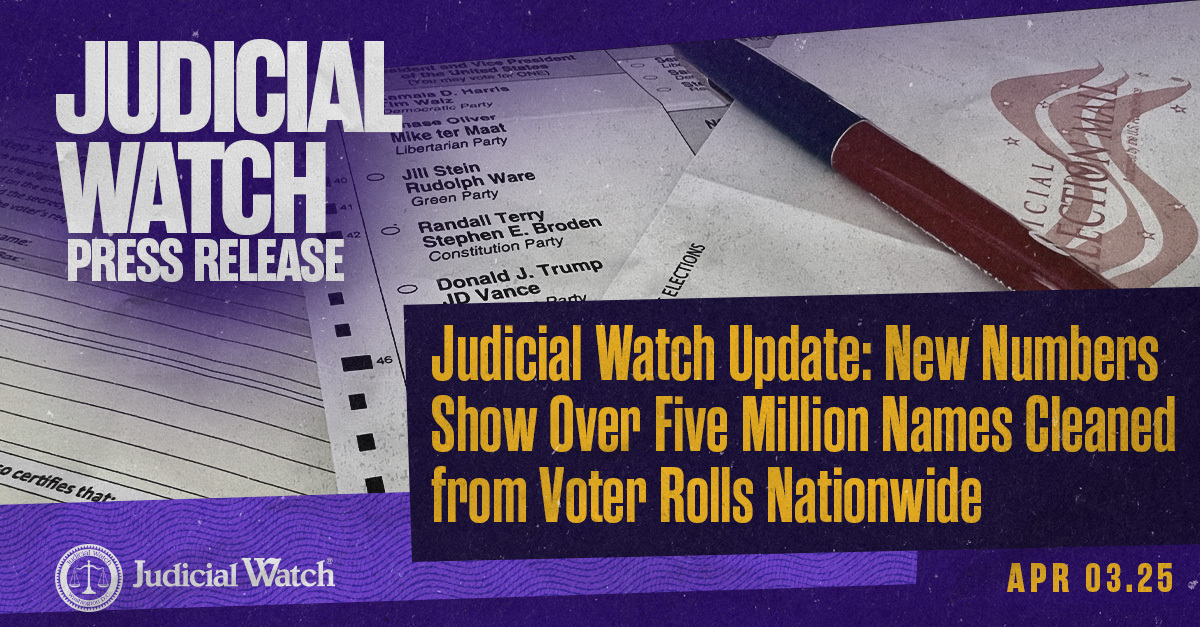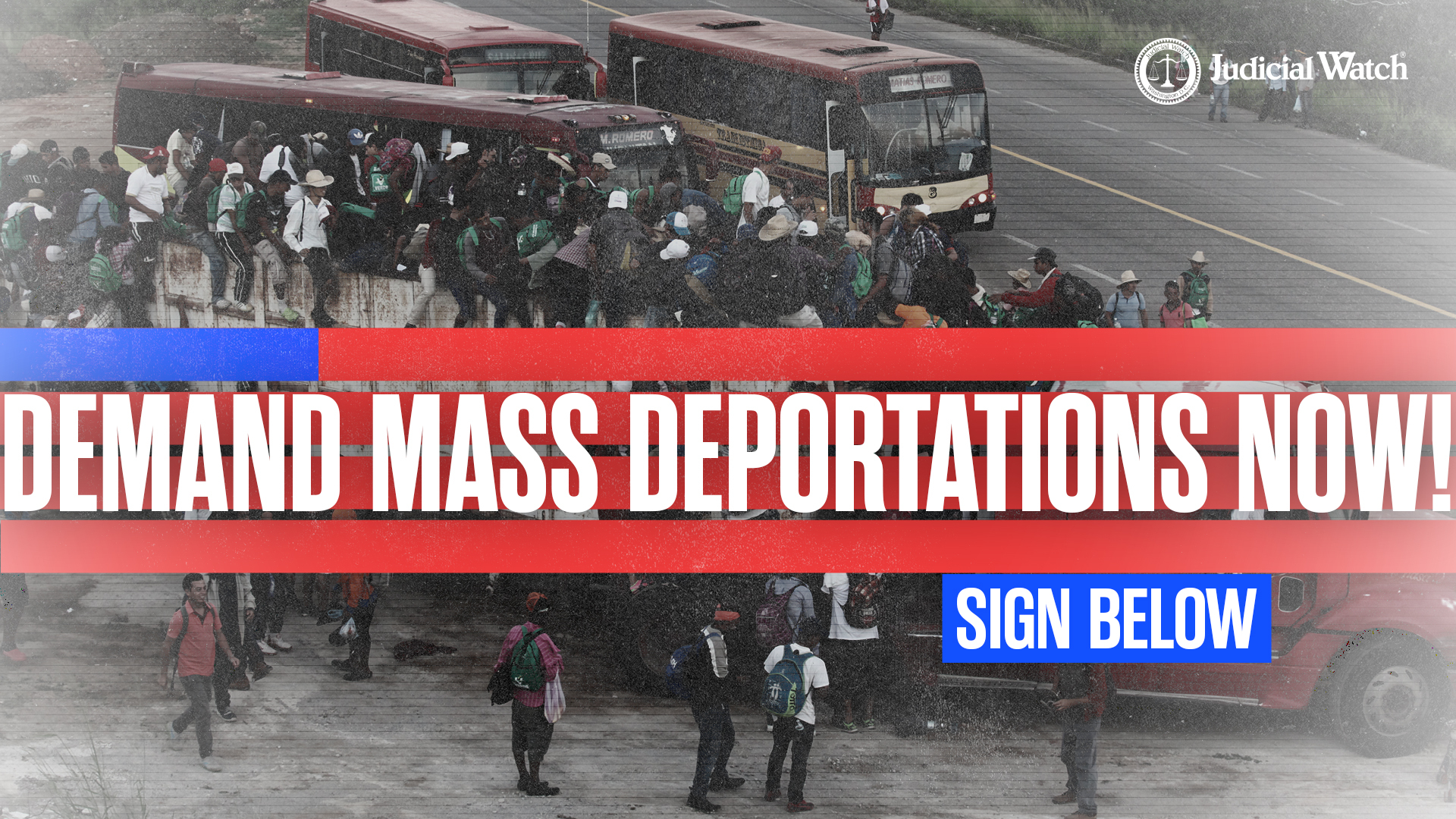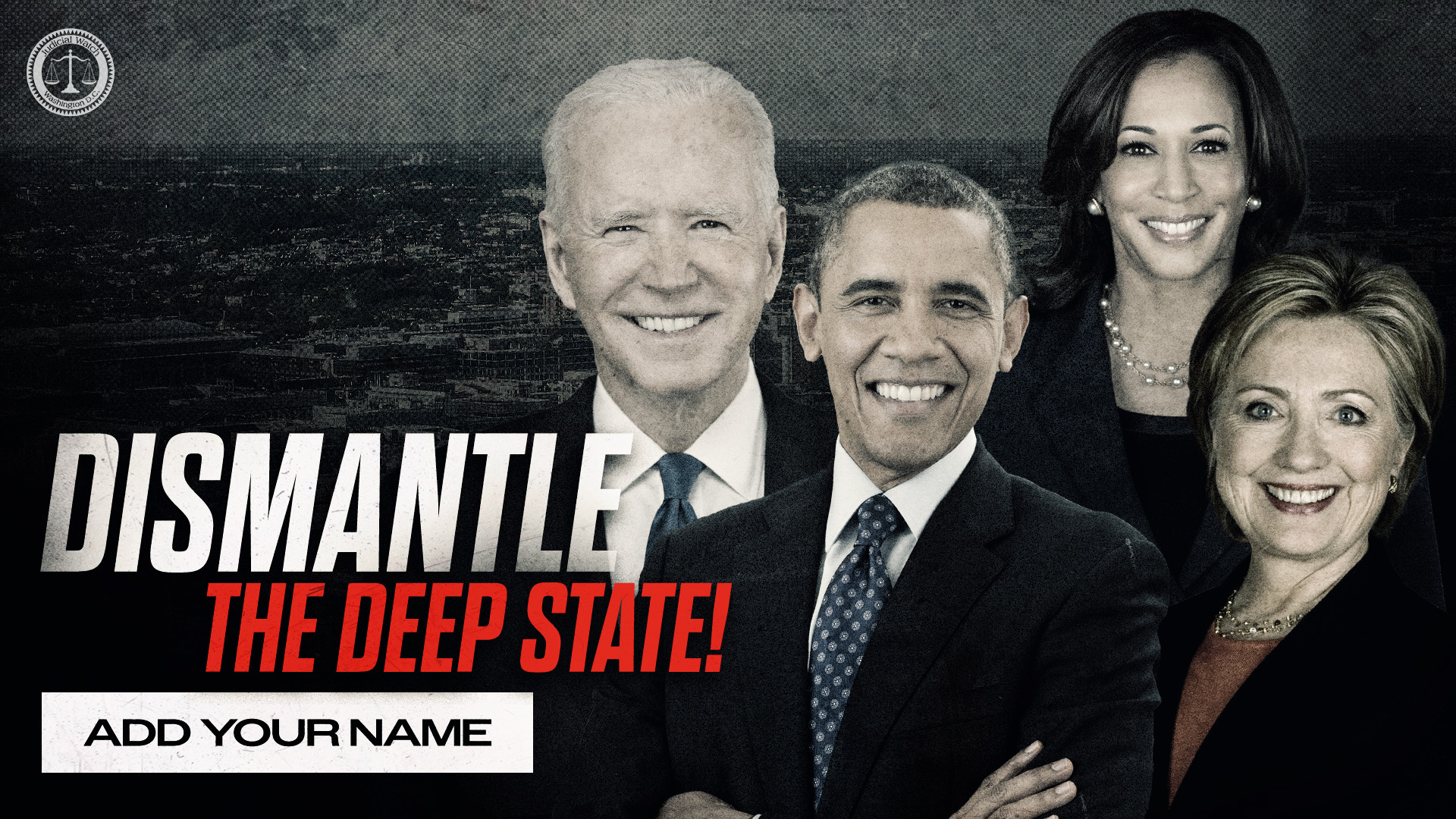
This Week: Greatest Transparency Failures Ever; Corruption in New York; When Bill Met Loretta

Greatest Transparency Failures Ever? In one week, thank God, the presidential election will be over. But on one issue there is not a whit of difference between Hillary Clinton and Donald Trump. Both represent the greatest transparency failures in the history of presidential politics.
To Clinton watchers, Mrs. Clinton has followed a familiar pattern of denial, delay and destruction of records in the email saga that now threatens to sink her presidential campaign. As I noted recently in the Wall Street Journal, the email imbroglio is part of a long history of the Clintons’ war on transparency. In 1993, for example, as the Whitewater investigation in Arkansas heated up, top White House aides argued for full disclosure of documents. The Clintons rejected that advice—Mrs. Clinton was vehemently opposed—and Whitewater documents dribbled out for years. The documents repeatedly embarrassed the president and first lady, but failed to provide evidence of any criminal acts.
Mr. Trump has followed a similar path with his refusal to release his tax returns, his seemingly endless lawsuits and threats of lawsuits, and his rhetorical assaults on the First Amendment. He recently got a taste of the Whitewater treatment when three pages of his 1995 tax returns were leaked to the New York Times, resulting in a fire storm of bad publicity. But as with the Whitewater documents, on close examination the three pages of Trump tax returns showed no criminal wrongdoing.
The lesson here? Full disclosure can be good politics as well as good policy. Both candidates would have benefited from getting out in front of withheld documents. The next president could transform Washington with smart Freedom of Information Act reform. It’s not brain surgery: tighten FOIA loopholes; penalties for delays by repeat offenders; and triple the number of FOIA officers at agencies. FOIA gets no respect. More power and money—the two things Washington respects most—would change that.
***
New York State of Corruption. Back in August, Judicial Watch published my investigation into an evolving system of corrupt practices in New York. We called it “the New Tammany Hall.” It’s a system that is not unique to the Empire State, alas.
Students of history will remember the old Tammany Hall. As I noted in my August report, the corrupt Tammany political machine dominated New York City politics for a century, its chicanery extending into every corner of civic life. Bribes, kickbacks, fraud, extortion and graft were the order of the day. Today, the old Tammany system is evolving into a 21st century version. Much of the brazenness of the old order is gone, but the game is still dominated by political dealmakers of various stripes.
My August report focused on the developer of the $5 billion Atlantic Yards project in Brooklyn, Bruce Ratner. He’s a Democratic Party heavyweight who has never been charged with a crime but has repeatedly courted controversy with audacious power plays, big personal payouts and links to crooked politicians and their enablers.
In New York, the pace of corruption indictments has quickened in recent weeks. Upstate, top allies of Governor Andrew Cuomo, a Democrat, have been charged in the so-called “Buffalo Billion” case, a sprawling bid-rigging affair with hundreds of millions of dollars in taxpayer money at stake.
Downstate, the Republican leader of Nassau County, Edward Mangano, has been charged in a corruption case that could threaten GOP strongholds on Long Island. Sources tell me that Mangano is closely allied with former Senator Al D’Amato, now an influential lobbyist.
D’Amato’s clients include Atlantic Yards developer Bruce Ratner. The centerpiece of Ratner’s Atlantic Yards project is the Barclays Center sports arena. On Long Island, Ratner is deep into a $260 million remake of Nassau Coliseum and the surrounding commercial zone. Both projects are mired in controversy.
D’Amato, I’m told, leaned on Mangano to hire Ratner has an “adviser.” Smoke and mirrors ensued, and the New York Islanders hockey team abandoned Nassau Coliseum for Ratner’s Barclays Center, and Mangano hired Ratner to lead the Nassau Coliseum project.
Sweet deal for Ratner. Maybe not so sweet for Long Island. Federal prosecutors running the Mangano case should take a look at the Nassau Coliseum deal.
***
When Bill Met Loretta. It was a hot June day in Phoenix and two private planes were parked on the tarmac at Sky Harbor International Airport. One plane awaited passenger Bill Clinton; the other would carry Attorney General Loretta Lynch. It was hot back in Washington, too, with an ongoing Justice Department investigation into Hillary Clinton’s emails and a major Congressional report on Benghazi about to be released. Clinton sought out Lynch and they adjourned to her aircraft for a private talk. What, precisely, transpired? It was just a “social conversation” Lynch later testified, somewhat vaguely.
Judicial Watch wants more details. In July, we filed a Freedom of Information Act request for, among other things, all records related to the meeting. The FBI failed to comply and last week, we took them to court. Read our brief here.
Thanks for reading. To be continued.
Micah Morrison is chief investigative reporter for Judicial Watch. Follow him on Twitter @micah_morrison. Tips: mmorrison@judicialwatch.org
Investigative Bulletin published weekly by Judicial Watch. Reprints and media inquiries: jfarrell@judicialwatch.org.
















